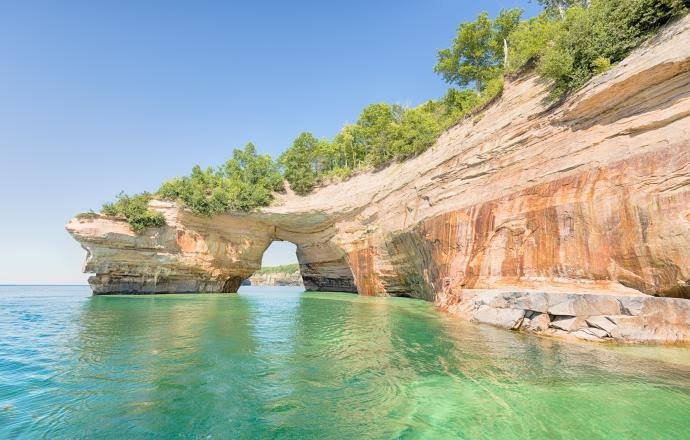There can be an overabundance of tourists at Disney World, Times Square, and Yellowstone National Park. The United States still has a lot of other locations, though, that are still largely undiscovered by tourists.
There are literally hundreds of places that fit that description, but here are 22 places that, despite the rise in tourism this year, are still pleasantly underappreciated. These places range from cities and national parks to regions and even entire states. In order of geographic location, they are listed from the Northeast to the Pacific.
Central Massachusetts
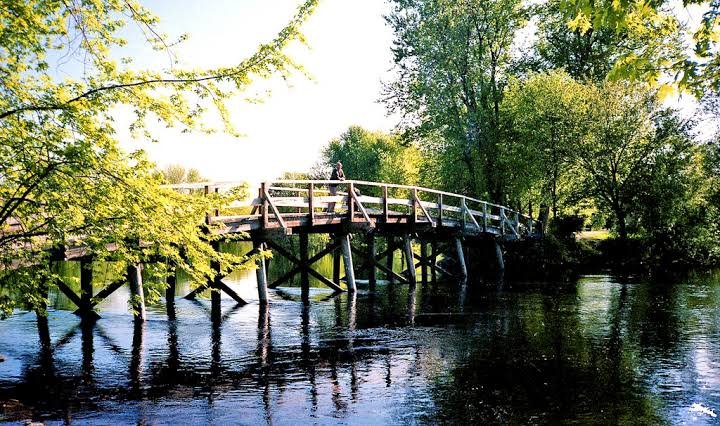
The sport of basketball was invented in Springfield in 1891 as an indoor YMCA exercise for rainy days, and the city is home to the Amazing World of Dr. Seuss Museum & Sculpture Garden, which honors the children’s author who was born there.
Northampton is worth a visit for its unique stores, eateries, and LGBTQ community. You can also hop across the Connecticut River and hike a section of the New England Trail through the north woods.
Block Island, Rhode Island
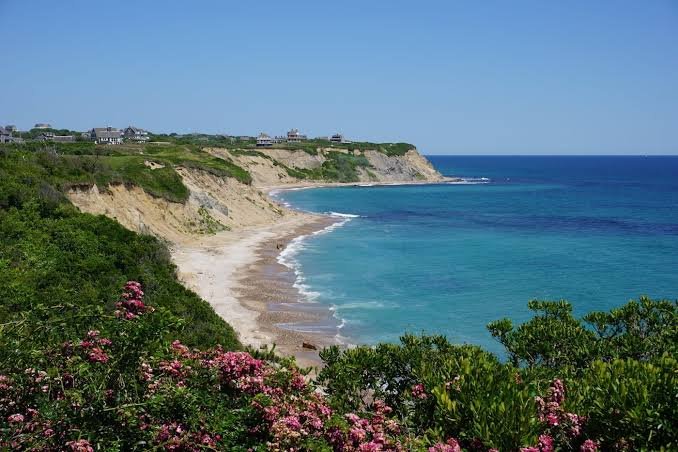
40% of Block Island is protected by wildlife refuges and other natural areas, and locals are notorious for fiercely opposing anything that would endanger their pristine Atlantic home.
The major daytime activities are going to the beach, biking, and hiking 32 miles of coastal and inland paths. The island has surprisingly nice dining options after dark, as well as relaxed bars like Captain Nick’s, Yellow Kittens, and the Poor People’s Pub.
Buffalo, New York
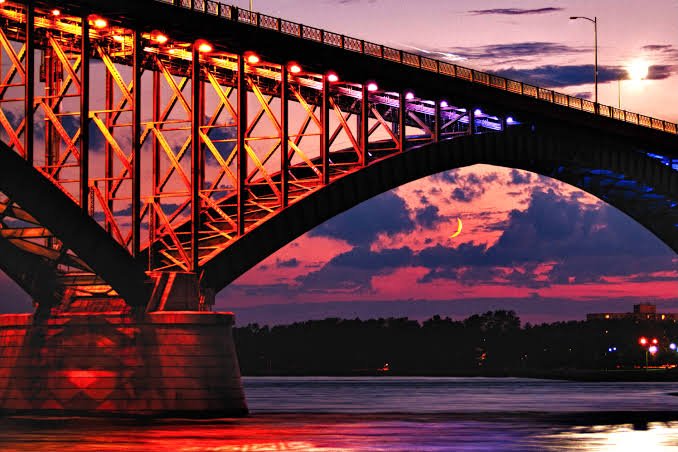
The Art Deco City Hall, Greek Revival Buffalo History Museum, Victorian glass houses at the botanical gardens, and Frank Lloyd Wright’s sleek Martin House are just a few of Buffalo’s fashionable buildings.
The city’s formerly abandoned waterfront has undergone a revitalization that has given rise to Silo City, with its distinctive grain elevators, a naval marine museum, a lakeside hiking and bicycling trail, and the Canalside shopping and entertainment zone. In the meantime, Niagara Falls is nearby.
Pennsylvania Wilds

West Virginia
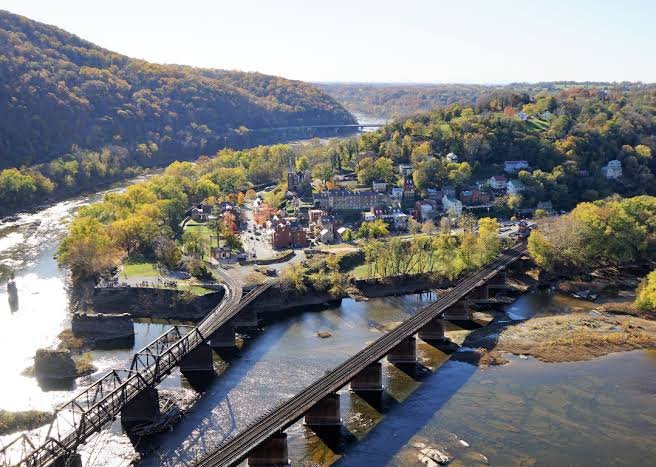
John Brown’s infamous 1859 raid, which played a role in starting the Civil War, was seen near Harpers Ferry. Three years later, Robert E. Lee and Stonewall Jackson led the Confederates in a victorious assault on the vital town held by the Union. The Appalachian Trail and the Chesapeake & Ohio Canal Towpath both begin in the riverside village.
As the country’s newest national park, which was established in late 2020, New River Gorge is famous for whitewater activities, hiking and mountain biking, and Bridge Day BASE jumping from the enormous New River Gorge Bridge.
Durham, North Carolina
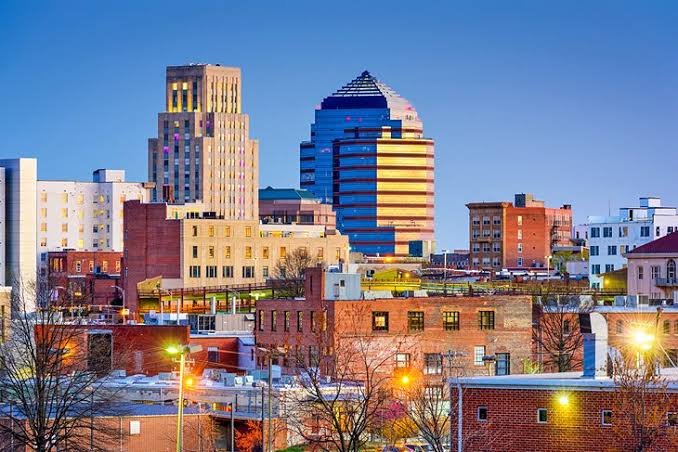
The Durham Bulls, the most well-known minor league baseball team in the country, play their games at a chic small downtown stadium, which is frequently sold out. Visitors to the Duke Lemur Center can stroll through expansive forest environments that help protect some of the most endangered species on the globe. The city’s craft beer and distillery culture, however, remains invisible.
Cumberland Island National Seashore, Georgia
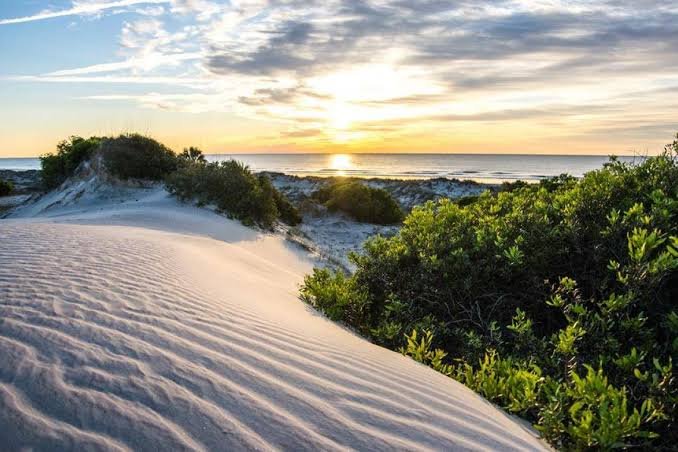
You can stay overnight at beachside campgrounds or the elegant Greyfield Inn, which was built in 1900 and is still owned and run by the Carnegie family of renown in the steel industry, even though most visitors only visit Cumberland for the day via their own boats or the ferry from St. Marys on the mainland.
Along the 18-mile-long beach of the island, wild horses frolic and sea turtles lay their eggs, and alligators watch over the wetlands near Cumberland Sound. At the First African Baptist Church in Northend, a storied African American neighborhood started by freed slaves, JFK Jr. and Carolyn Bessette exchanged vows.
Florida’s Forgotten Coast
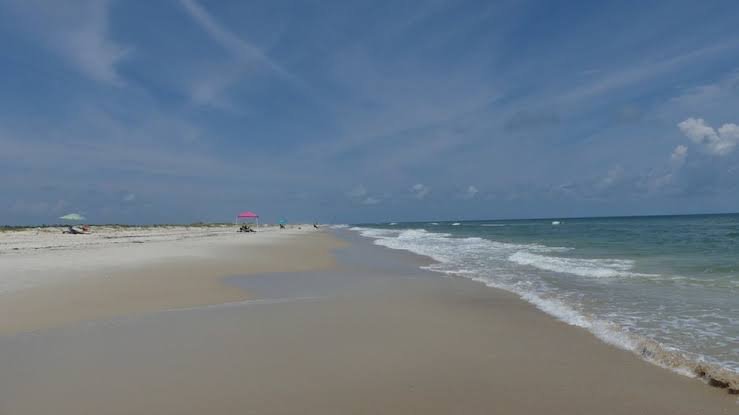
St. Joseph Peninsula and St. George Island’s talcum-powder-fine beaches provide an undisturbed alternative to Florida’s more famous (and crowded) strands. Wakulla Springs and St. Marks National Animals Refuge are home to a variety of wildlife, including manatees and monarch butterflies.
The two main draws of the St. Mark’s Stone Crab Festival (October) and Florida Seafood Festival in Apalachicola are fresh-off-the-boat crab and live music (November).
Ouachita Mountains, Arkansas

The Ouachitas are incredibly untouristy, in contrast to the surrounding Ozarks, which offer man-made opportunities to experience nature and culture. Because of this, these mountains are perfect for individuals who enjoy their camping, hiking, and fishing with a lot of isolation.
Regional hang-gliding mecca Magazine Mountain, the highest point in the state, is home to challenging mountain bike trails.
Oklahoma
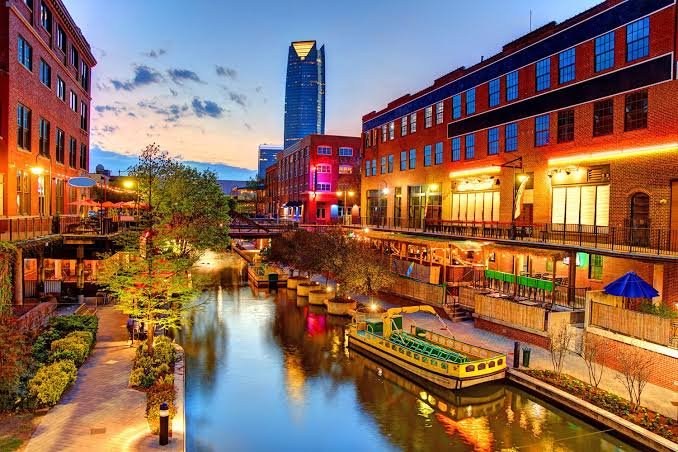
Oklahoma City boasts a surprisingly diverse and rich cuisine culture, with the Asian district, the Paseo, Plaza, and Uptown 23rd areas being particularly unique.
Must-visit locations include the Oklahoma City National Memorial and the National Cowboy & Western Heritage Museum. Whitewater rafting, tubing, ziplining, and sky trails are all available in the city’s core at Riversport OKC.
The lengthy section of Historic Route 66 in Oklahoma is dotted with vintage diners, museums, and curiosities along the side of the route. The new Bob Dylan Center, classic Art Deco architecture, and local hero Woody Guthrie are all on display downtown Tulsa, while Medicine Park Village and the adjacent Wichita Mountains provide a sense of the region and wild west days.
Kansas City, Missouri
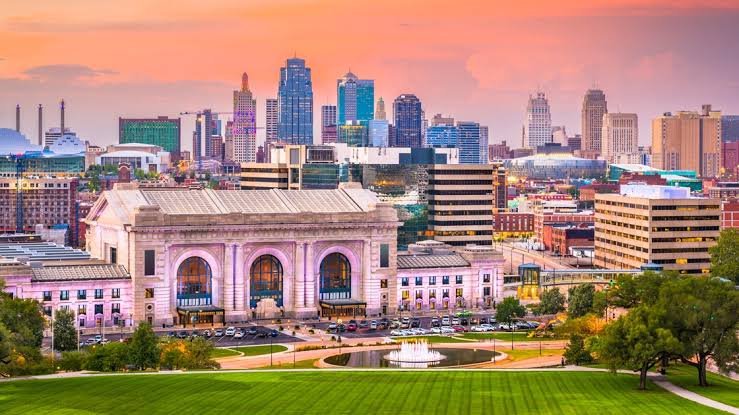
Catch a Royals game at Kauffman Stadium, contrast Warhol and Van Gogh at the renowned Nelson-Atkins Museum of Art, learn about history at the National World War I Museum & Memorial, visit the Arabia Steamboat exhibition, which is set in the frontier era, or take a trip down memory lane at Country Club Plaza, which served as the country’s first suburban shopping mall when it first opened its doors in 1922.
Southern Illinois
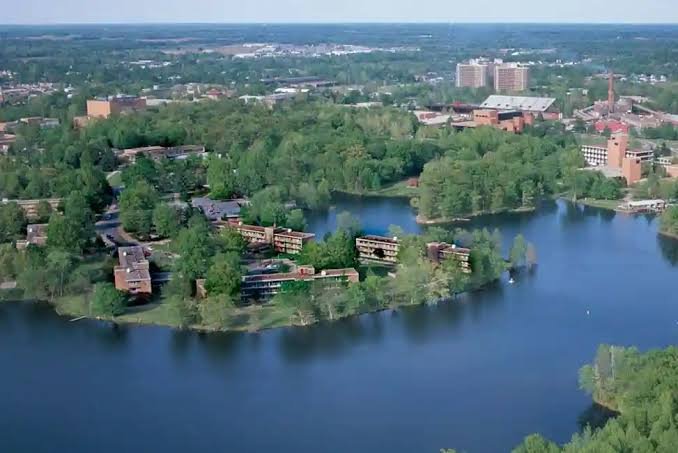
On the 160-mile River to River Trail, hikers can explore the gloomy forests and deep gorges of Shawnee National Forest and possibly spot a Sasquatch. Giant City and Garden of the Gods’ ancient rocky outcrops can be reached by shorter hikes.
The Superman Museum and enormous statue in Metropolis, the free ferry across the Ohio River at Cave-in-Rock, and the Full Terror Assault heavy metal music festival in September are a few of the region’s man-made attractions.
Lake Superior
Northern Michigan, Wisconsin, and Minnesota make up the American portion of Lake Superior, the biggest freshwater lake in the world (by surface area), a massive area of water, islands, and wildlife that matches anything in the West.
The Lake Superior region includes Pictured Rocks and Apostle Islands national lakeshores, Isle Royale National Park with its resident wolves, moose, and other animals, and the winter sports slopes of Porcupine Mountains Wilderness State Park. It is bordered by Duluth, Minnesota, and Sault Ste. Marie, Michigan.
The lake is home to 86 different species of fish, and divers can explore dozens of ancient shipwrecks. Twelve major cruise lines include Superior in their Great Lakes itineraries for people who only want to cruise through.
North Park, Colorado
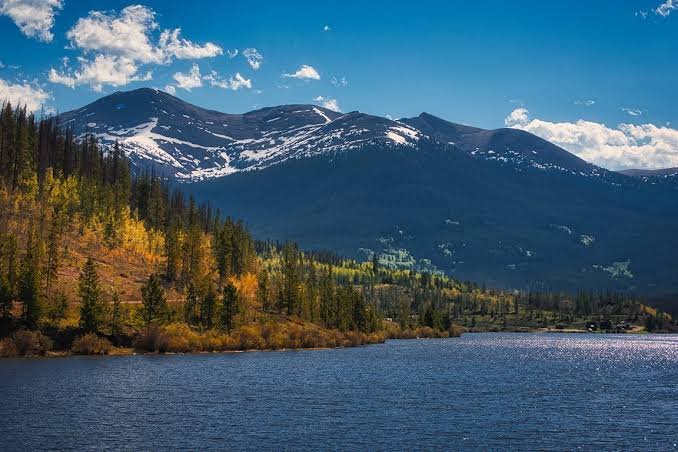
The large highland valley is situated in one of the least inhabited regions of the state, about three hours’ drive northwest of Denver, between the Medicine Bow Mountains and Park Range’s snow-capped summits.
Two sides of North Park are surrounded by the Continental Divide Trail, and the waterways of the valley are a pristine habitat for moose, migrating birds, and trout.
White Sands National Park, New Mexico
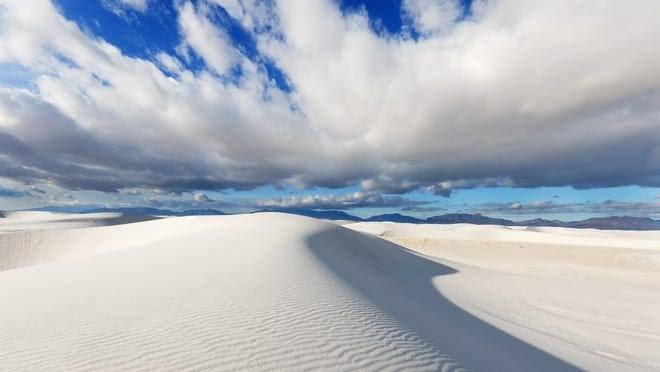
The brilliant white dunes are accessible by hiking or sledding. If you forgot to carry your own toboggan, you can buy/rent plastic discs at the tourist center gift shop. Along a sandy wilderness track, overnight backpack camping is possible.
West Texas
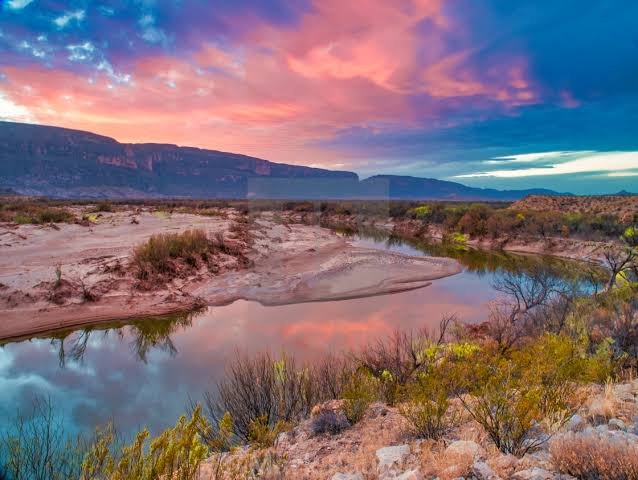
Big Bend and the Guadalupe Mountains are two of the country’s most untamed national parks, and the huge area is still only lightly populated. Large annual chili cookoffs are held in Terlingua ghost town, a historic US Cavalry post is preserved at Fort Davis, and Marfa features the enigmatic “Marfa Lights” of UFO lore.
Grand Staircase-Escalante National Monument, Utah
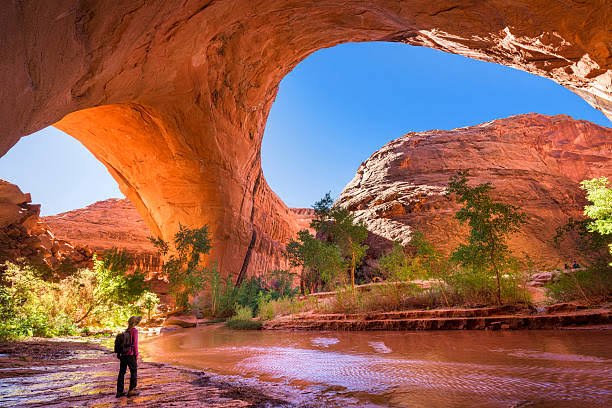
The secluded Escalante Canyons and a series of enormous plateaus that fall like a great stairway between Bryce Canyon and Zion are where the park gets its name. GSE, which is governed by the Bureau of Land Management, has lots of opportunities for backcountry hiking, camping, and mountain riding.
Grand Staircase-Escalante is home to upmarket glamping locations including Yonder Escalante, which is close to the Escalante Interagency Visitor Center in the town of Escalante, and Under Canvas, which is close to Lake Powell.
Tacoma, Washington
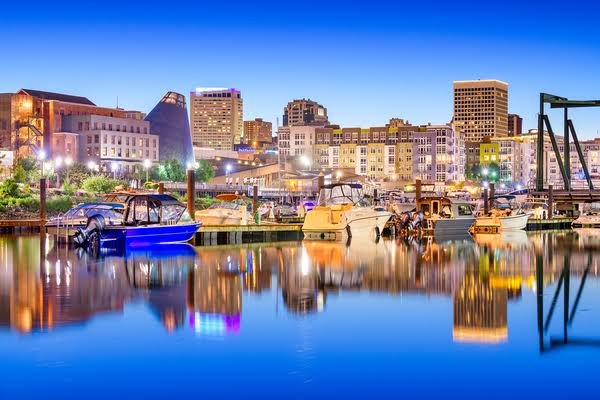
Tacoma is closer than Seattle to the Olympic and Mount Rainier national parks, as well as fantastic cold-water scuba diving in the Hood Canal.
Channel Islands National Park, California
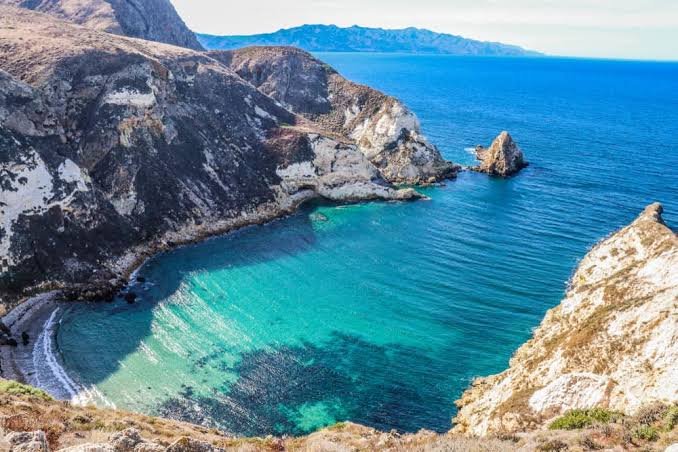
But raw nature is its strong suit. In the waters around the park, whales, dolphins, sea lions, and sea otters play, and the islands offer a terrestrial habitat for extremely rare plant and animal species including the Torrey Pine and Island Fox.
Each year, fewer than 30,000 individuals visit the islands. Scuba diving, kayaking, trekking, and backpacking are available for those who take the ferry across from Ventura Harbor—often in complete solitude.
San Luis Obispo, California
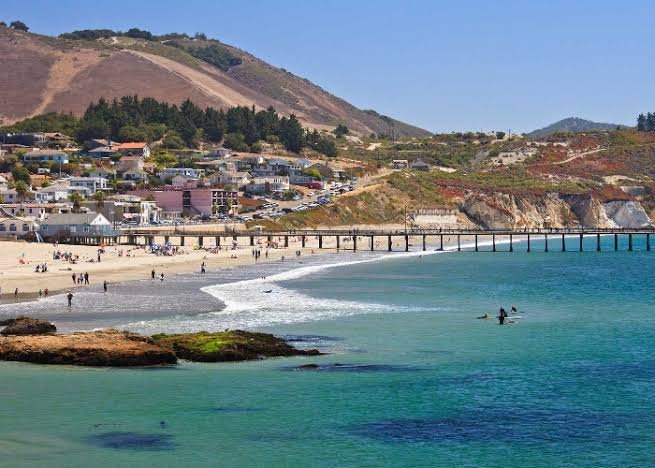
The development of renowned wine districts nearby in Paso Robles and the Santa Ynez Valley, as well as the redevelopment of downtown SLO into a vibrant gathering place for the 22,000 Cal Poly SLO students, were the two main causes of the reversal.
In a community that also provides a historic Spanish mission, Coastal Range hiking and biking, and the beach at Morro Bay and Avila Beach within a short drive, craft breweries, moderately priced restaurants, and one-of-a-kind boutiques are all the rage.
Kaʻū District, Hawaii
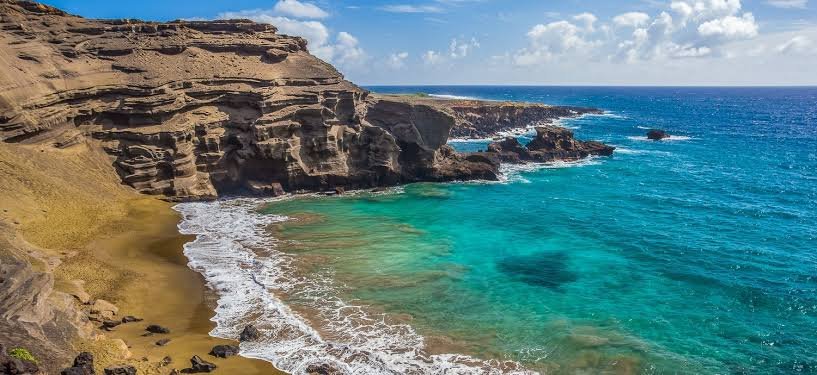
The region, which is largely unaffected by modern tourism, is renowned for its stunning black and green sand beaches, tropical fruit and coffee farms, and the well-known Punalu’u Bake Shop.
In Hawaii Volcanoes National Park, hikers and mountain bikers can explore the lonely Kahuku Unit or Ka’u Desert, while Kealakekua Bay, located in the northwest part of the district, provides fantastic kayaking, snorkeling, and Hawaiian history.
Matanuska Valley, Alaska
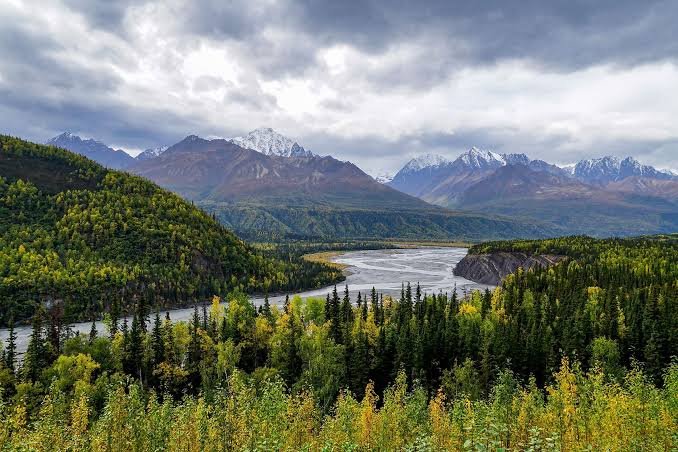
A comprehensive range of ice-related activities, including as ice climbing and glacier camping, are offered by MICA Guides in Chickaloon, while fly-in glacier hiking, glacier lake paddleboarding, and cross-glacier dogsledding are available from Alaska Helicopter Tours at Knik River Lodge.
Visit the Musk Ox Farm in the valley to get up close and personal with hairy Arctic creatures, and the Independence ghost town will teach you about the lives of frontier gold miners and their families.

